4 Lessons Learned from a Silicon Valley School Tour
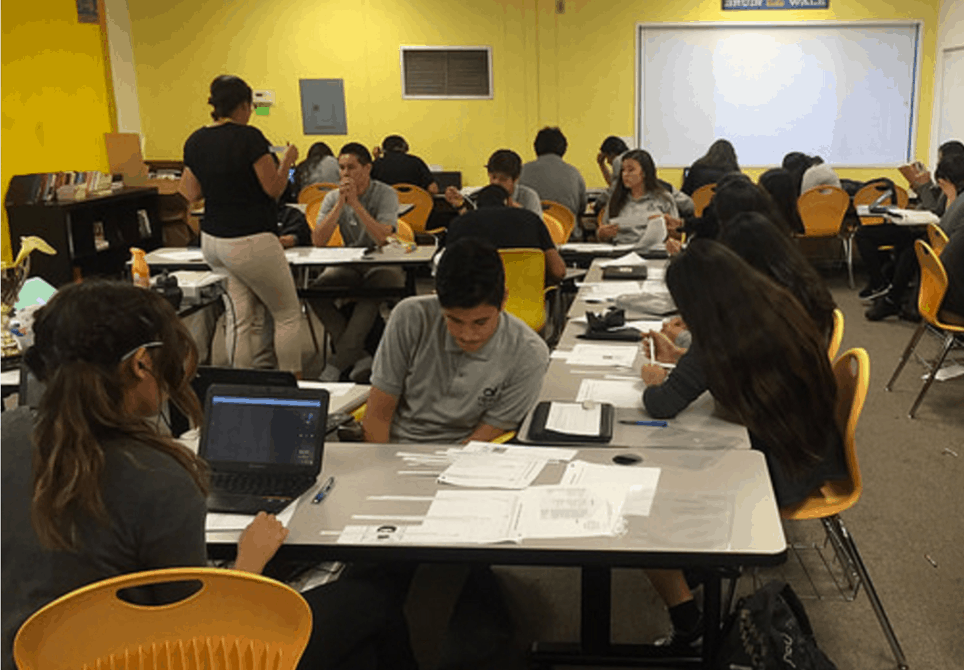
By Laura Gilchrist
This blog was first posted on StartlandNews.com
A few weeks ago, several of my fellow educators and I toured five innovative Bay Area schools. Being in the heart of Silicon Valley, it’s no surprise that educators there understand the importance of finding new ways to engage and educate kids in an ever-changing, tech-focused world.
Innovation and learner agency–the idea that education is the vessel through which learners develop independent thinking skills–is a top priority of Bay Area schools. The results of such prioritization shine bright in both kids and teachers.
Here are a few observations:
- Students and teachers worked together to write and set up learning around kids’ personalized vision and individual learning goals, and teachers autonomously crafting classroom design to fit kids’ needs and develop project-based learning.
- Parents were accepted as leaders in the school’s education ecosystem and were welcome to drop by to help kids learn at any time.
- Teachers and students alike are encouraged to innovate and think big. Students served as ambassadors. They led tours, organized school and community projects, and worked with teachers to design their own learning environments.
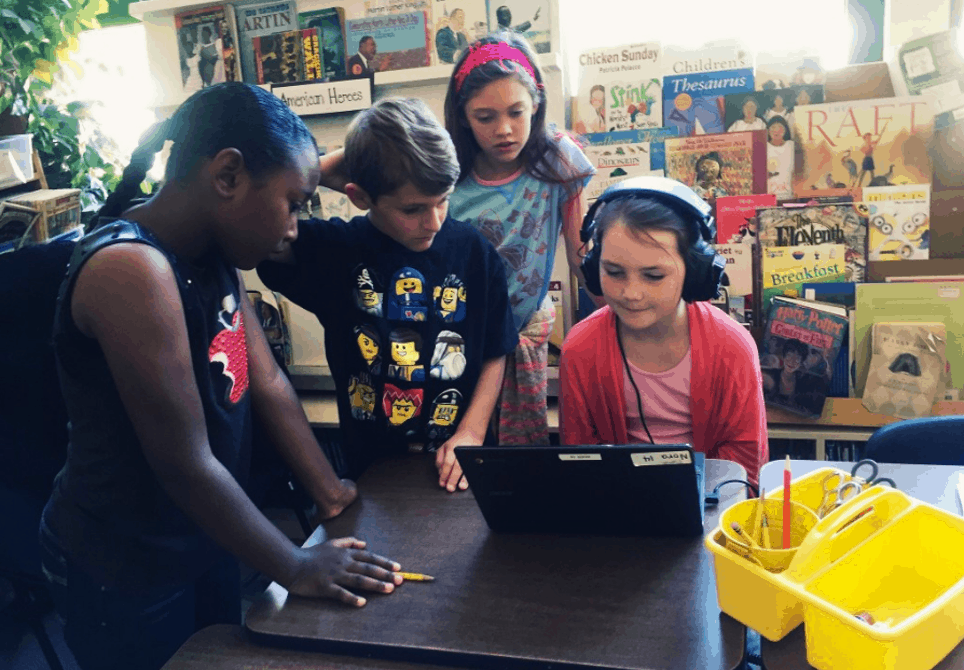
Although innovation is happening in Kansas City schools too, the status quo of hierarchical, traditional leadership and an overemphasis on testing and data are still common.
Innovation is not a word you hear frequently ringing through the halls of local schools — yet!
So how can we, as a city full of genius minds and big hearts, work together to empower our youth to create, learn and lead both in school and the community? Schools can’t–and shouldn’t have to–do it alone. They can only benefit from the community’s entrepreneurial mindset, expertise and knowledge.
Here a few lessons I learned on how we can make all this happen:
1. First and foremost, we need to understand that innovation can be done NOW, in any school, on any budget and with all kids and communities.
The Bay Area schools showed me that innovation is about mindset, intentionality and passion, not about shiny new buildings, expensive equipment or years of comprehensive planning. Just start. It will grow.
2. Start “Innovate NOW” with school-wide public exhibition night(s) of student projects.
Each and every one of the five schools I toured had at least one public, open-to-the-community exhibition night per school year. Some schools had as many as one a quarter. Whatever the frequency, these nights were huge motivators for kids and their families. Kids, parents and the community had fun together while sending a message that student work and education are valued as a community affair.
3. Organize regular parent and/or community walk-throughs for feedback and ideas.
One of the Bay Area schools hosts monthly parent walk-throughs during the school day that are essentially reverse tours. Parents give their observations, feedback, and ideas on how better meet student needs to their tour guide.
Springboarding from that concept, what if we also invited the local innovation community? What ideas might local startup and founders and their employees have about how to bring an entrepreneurial mindset into the classroom? We won’t know until we ask!
4. Embrace social media for storytelling and learning.
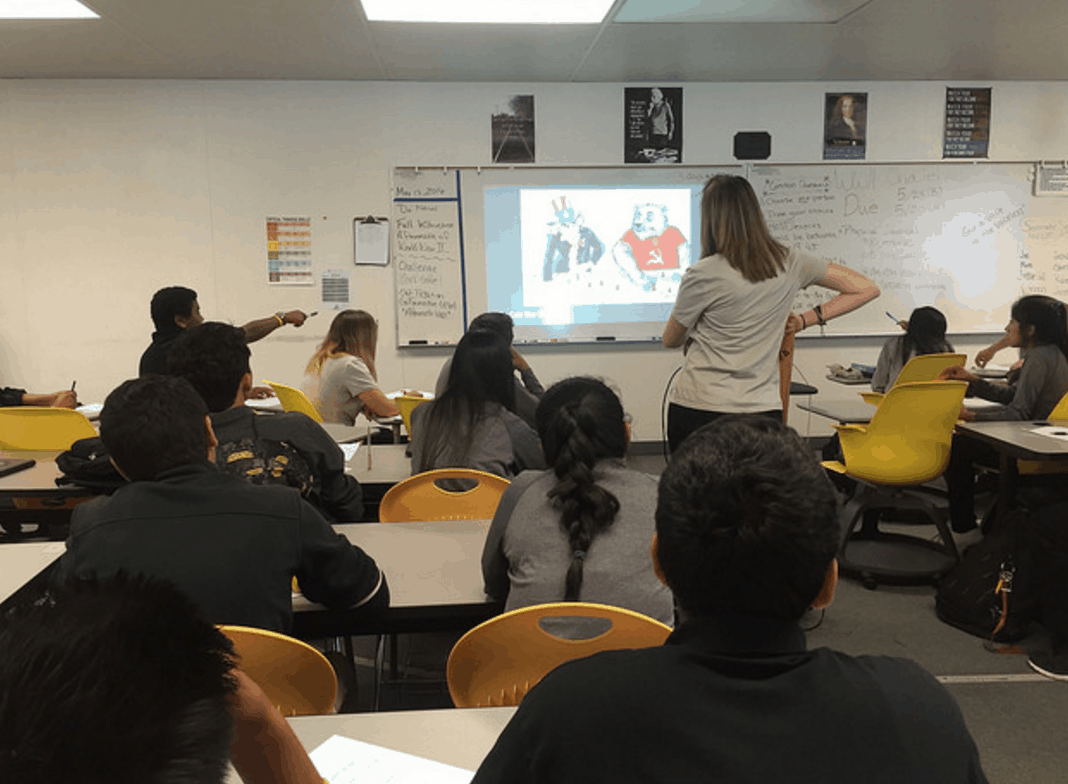
Thanks to technology, the walls at our schools separating us from the community figuratively don’t exist, but many schools still operate as if they do.
Cindy Avitia High School has an Instagram account where everyone from the principal down to the students share stories, engage and collaborate with the community. They also have a Twitter, Facebook, Snapchat, Youtube and school blog. Teachers at Katherine Smith Elementary tweet and use professional learning networks on Twitter to connect with resources and ideas.
The end result is more resources for students and teachers and more involvement from the local innovation community–on platforms the community is already using and which cost nothing to get started.
These simple starting points can be the impetus through which we grow bigger and better ideas for kids’ future. The key is enabling more flexibility for schools and teachers to try new things, and engaging parents and the surrounding community.
See Laura’s full #KCGreatSchools Silicon Valley Tour photo album here and check out this podcast on the #KCGreatSchools visits:
#Podcast with @MurrayLWoodard @KauffmanFDN on #KCgreatSchools #SchoolVisits https://t.co/HU8QU3vfiN via @lbuchner pic.twitter.com/DOkKIctxqE
— Tom Vander Ark (@tvanderark) June 7, 2016
For more, see:
- Blended Learning Strategy: Small Groups and Stations
- Student Ambassadors Build Leadership Skills While Showcasing School
- Wall-to-Wall Project-Based Middle School Learning
Laura Gilchrist is a a high school instructional couch and award winning educator in Kansas City. Follow her on Twitter: @LauraGilchrist4.
Stay in-the-know with all things EdTech and innovations in learning by signing up to receive the weekly Smart Update. This post includes mentions of a Getting Smart partner. For a full list of partners, affiliate organizations and all other disclosures please see our Partner page.


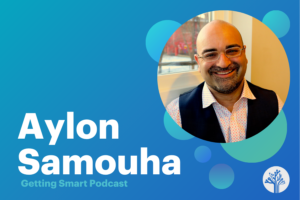

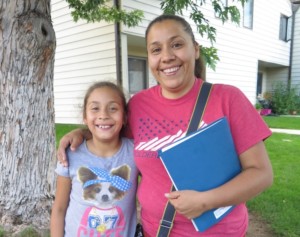
0 Comments
Leave a Comment
Your email address will not be published. All fields are required.